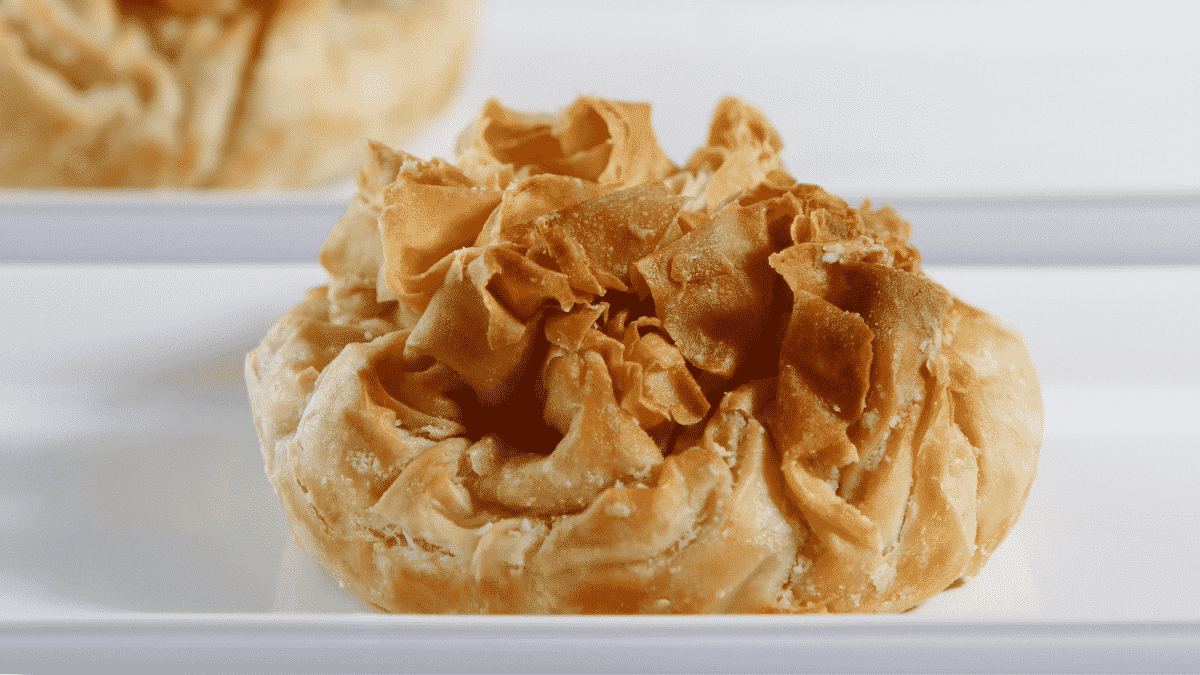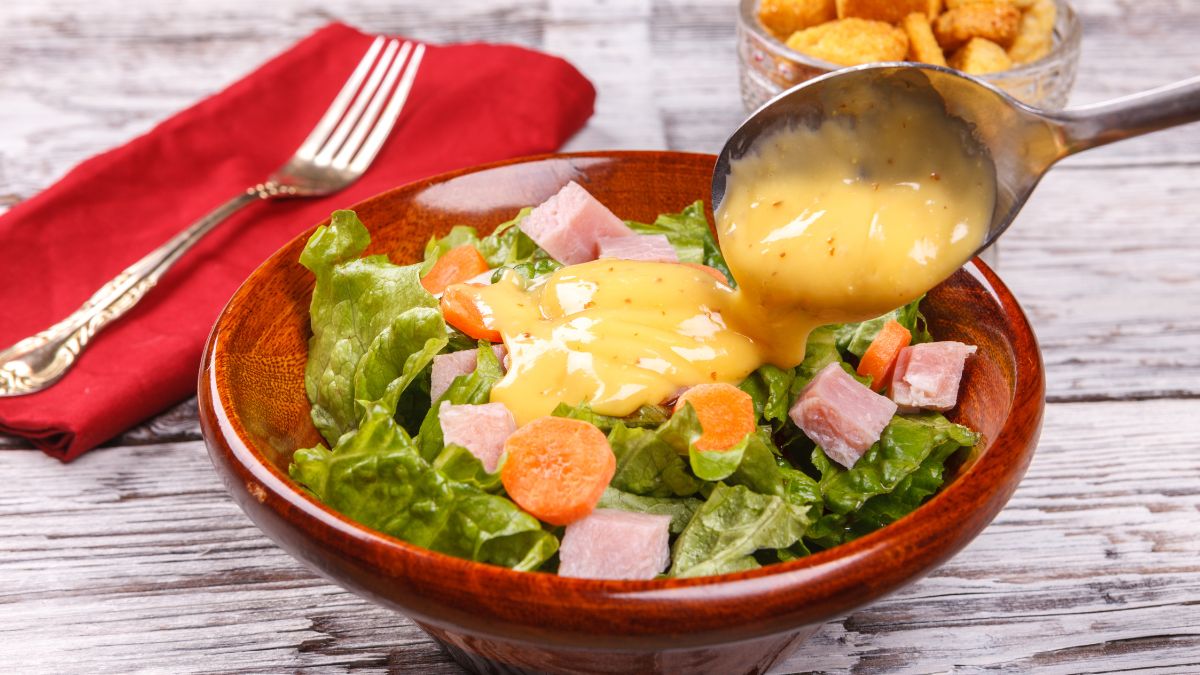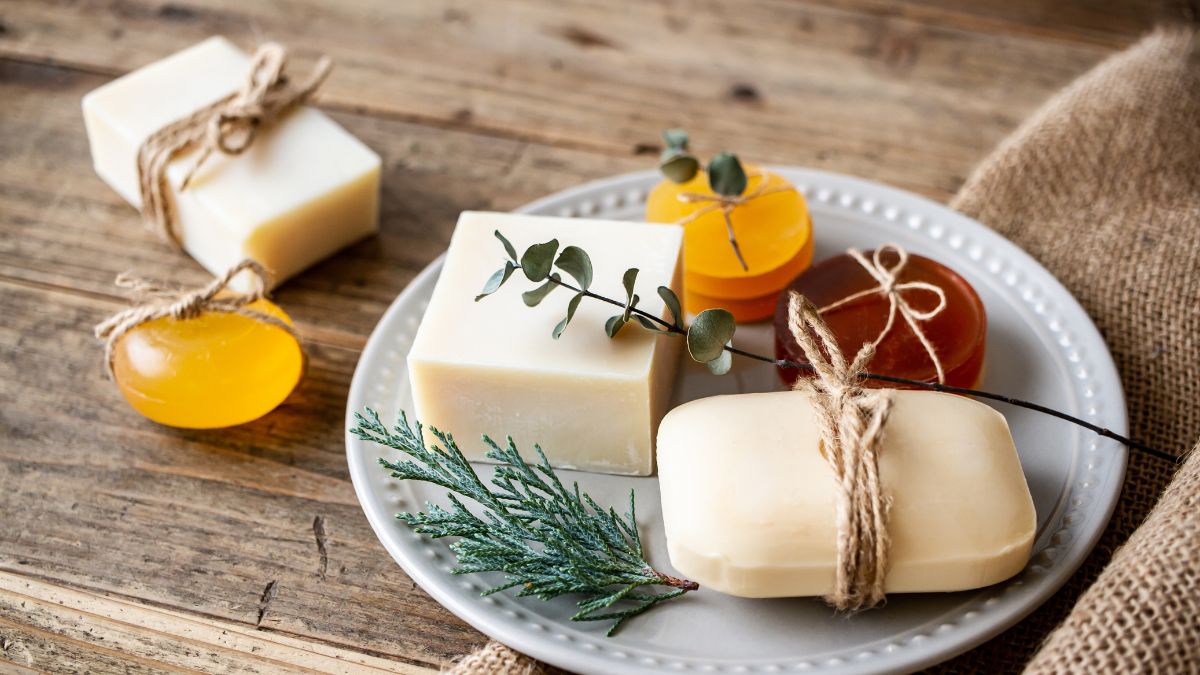Answer: Mostly yes, but vegans have to look out for some ingredients.

Can Vegans Eat Filo Pastry?
A nice filo pastry goes down with any meal at any time of the day. Originally a staple food in Eastern Europe and Mediterranean regions, people treat it more like a snack or dessert in this part of the world.
Filo pastry is a snack or dessert made from unleavened dough, which is extremely thin. It’s unleavened because the dough does not rise like other products when baked. Besides plain flour, the only other ingredients in the original filo pastry are water, salt, and vegetable oil. You’ll find that vinegar gets added to the mixture sometimes to make the dough stretch better.
So, all in all, they can definitely be part of any vegan meal. The original recipe is, thus, simple and healthy enough for a vegan diet. But like any other snack or dish, filo pastries also have variations. And some of these recipes do have animal products in them. So, you should be careful of which ones you say ‘Yes’ to.
Some Filo Pastries Are NOT Vegan
Not all filo pastries are vegan—far from it. While filo dough itself is typically plant-based, many traditional recipes include animal-derived ingredients like dairy, eggs, or meat, depending on regional customs or the baker’s choices. For example, Banitsa, a popular Bulgarian pastry, often contains eggs and cheese, while Borek, a staple in Turkish cuisine, may be filled with meat. Some filo pastries even feature fillings like honey and cheese, which are not vegan-friendly. However, these non-vegan options are usually clearly labeled, making it easier to avoid accidentally eating filo pastries with animal products. When dining out at cafes and restaurants in 2025, check menus carefully or ask staff to ensure your filo pastry treats align with a vegan diet.
However, it still means you should check out what the filo pastry has inside before eating. Fillers with meat or dairy can seem common in a country where people can’t get enough of it.
Vegan Filo Pastries
Vegan filo pastries are easy to find because they make up the majority of filo pastry dishes. The occasional pastry with dairy ingredients may appear on a restaurant’s menu, but you should have no trouble identifying them. Most filo pastries come with exquisite fruit and vegetable fillings that are a treat to the palette. And if you haven’t tried one already, you owe yourself a treat soon.
Here’s a list of filo pastries side by side for general comparison.
| Vegan Filo Pastries | Non Vegan Filo Pastries |
|---|---|
| Baklava (without honey) | Banitsa |
| Bulbul Yuvasi | Borek |
| Pastizz | Bougatsa |
| Strudel | Galaktobureko |
| Bundevara | Tiropita |
The names are a mouthful and are hard to remember for people not familiar with the dishes. But these are all examples of how varied filo pastries are. And very importantly, the right column items are pastries where some meat, dairy, honey, etc. may be part of the recipe.
The good news in the list is that most of the items on the right will appear in their native countries. So, most of them may not hit such a big market here. Generally, most filo pastries stick to the original recipe. And these genuine ingredients are simple and entirely vegan.
Homemade Vegan Filo Pastries
Eating vegan filo pastries is one thing, but making them at home is an entirely different matter. In short, it’s not an easy process. It takes a ton of time and works to prepare the dough before you even start baking or cooking. You have to do a lot of kneading and meticulously work it into super thin shapes. And these thin sheets of dough then have to be rolled, layered, ruffled, or folded depending on the recipe. It’s not surprising when amateur cooks try it at home and end up using the dough for a completely different dish.
However, if you do want to have a go at it, there are informative recipes available online. But if it’s your first time, you may find it easier to buy readymade pastry sheets. You get vegan pastry sheets that come ready to cook so that you don’t have to go through the grueling process of kneading and working the dough.
Whatever your choice, filo pastries continue to be amazing treats for a vegan diet. So, go ahead and try one already!




